Rising Healthcare Expenditure
In South Korea, healthcare expenditure has been on the rise, which is a significant driver for the ambulatory services market. As of 2025, healthcare spending is projected to reach approximately 9% of the country's GDP. This increase in expenditure reflects a growing commitment to improving healthcare services and infrastructure. With more funds allocated to outpatient care, healthcare providers are likely to invest in advanced technologies and facilities that enhance the quality of ambulatory services. Consequently, this trend may lead to a more robust market, as patients seek efficient and cost-effective care options.
Technological Advancements in Healthcare
The ambulatory services market is experiencing a notable transformation due to rapid technological advancements. Innovations such as electronic health records (EHRs), mobile health applications, and telehealth platforms are enhancing patient care and operational efficiency. In South Korea, the adoption of EHRs has increased significantly, with over 80% of healthcare providers utilizing these systems. This shift not only streamlines patient data management but also facilitates better communication among healthcare professionals. Furthermore, the integration of artificial intelligence (AI) in diagnostic processes is expected to improve accuracy and reduce costs. As technology continues to evolve, it is likely to drive growth in the ambulatory services market, enabling providers to offer more efficient and patient-centered care.
Government Initiatives and Policy Support
Government initiatives play a pivotal role in shaping the ambulatory services market in South Korea. Recent policies aimed at enhancing healthcare accessibility and affordability are likely to stimulate market growth. The South Korean government has introduced various programs to promote outpatient care, including financial incentives for healthcare providers who offer ambulatory services. Additionally, the implementation of the Health Insurance Review and Assessment Service (HIRA) has improved the quality of care and patient outcomes. These supportive policies are expected to encourage more healthcare facilities to expand their ambulatory services, ultimately benefiting patients and the healthcare system as a whole.
Aging Population and Chronic Disease Management
The demographic shift towards an aging population in South Korea is a critical driver for the ambulatory services market. By 2025, it is projected that approximately 20% of the population will be aged 65 and older. This demographic is more susceptible to chronic diseases, necessitating ongoing medical attention and management. As a result, there is an increasing demand for outpatient services that can provide regular monitoring and treatment without the need for hospital admission. The ambulatory services market is likely to expand as healthcare systems adapt to meet the needs of this aging population, focusing on chronic disease management and preventive care strategies.
Consumer Preference for Convenient Care Options
There is a noticeable shift in consumer preferences towards convenient and accessible healthcare options, which is influencing the ambulatory services market. Patients in South Korea increasingly favor outpatient services that allow for quicker access to care without the complexities of hospital admissions. This trend is driven by a desire for flexibility in scheduling appointments and reduced waiting times. As a result, healthcare providers are adapting their services to meet these demands, offering extended hours and telehealth options. The growing inclination for convenience is likely to propel the ambulatory services market, as more individuals seek efficient healthcare solutions.


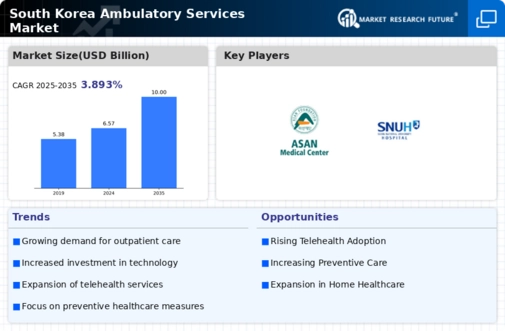

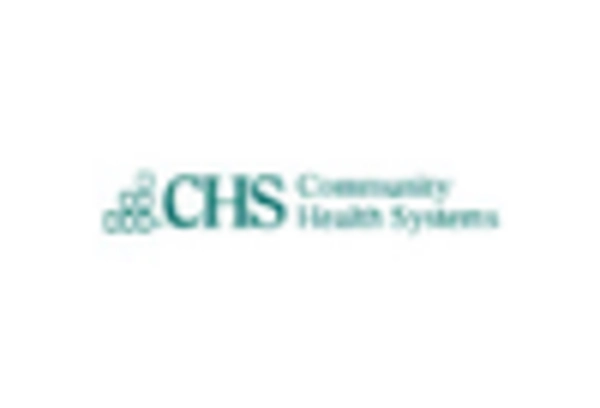
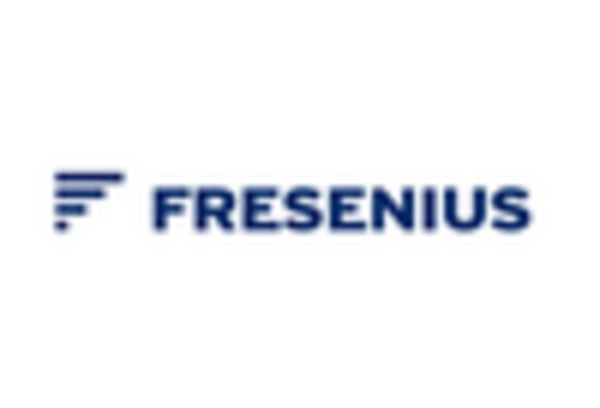
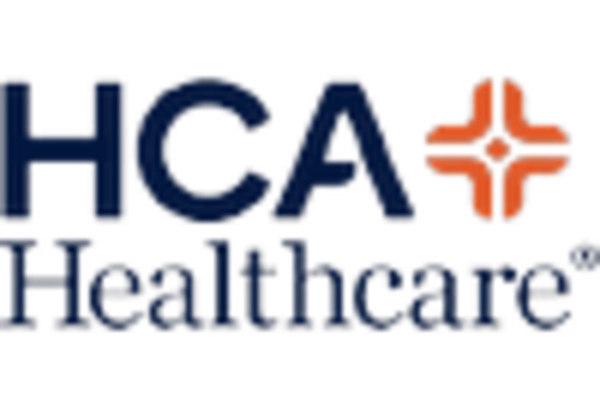
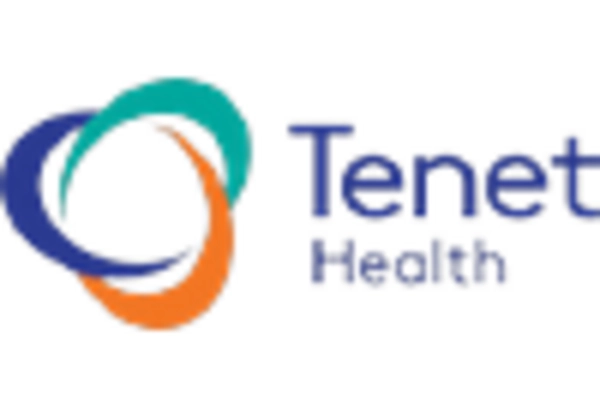
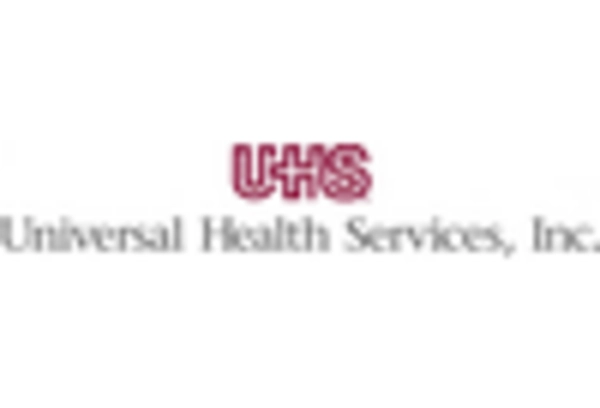








Leave a Comment